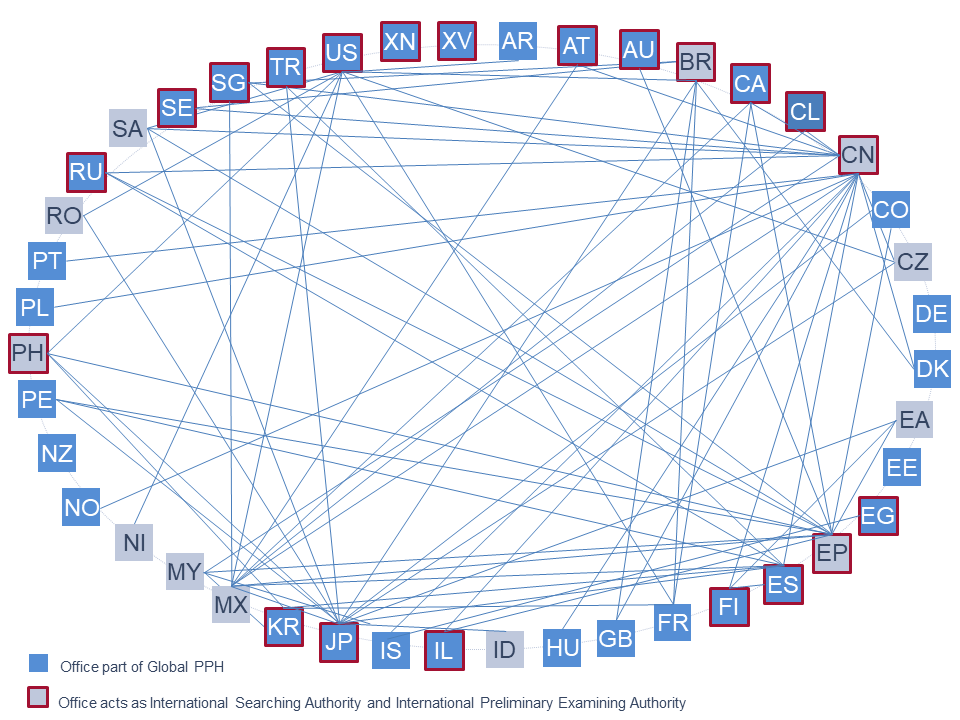Crowdsourcing Patent Examination with the Patent Prosecution Highway
What You Need to Know
Key takeaway #1
The PPH can be a useful tool for streamlining global prosecution of corresponding patent applications—which in turn can reduce costs and increase the chances of successful prosecution.
Client Alert | 12 min read | 05.15.23
These benefits can streamline global prosecution and reduce overall costs for applicants, particularly in view of the ever growing number of countries participating in PPH programs. Presently, the USPTO has PPH agreements with patent offices of the Europe Union, United Kingdom, China, Japan, Taiwan, Mexico, Israel and several other countries and regions.
For additional information on the PPH, including country specific requirements and PPH strategies for your patent portfolio, please contact your trusted partners at Crowell & Moring.
Contacts
Insights
Client Alert | 19 min read | 12.18.25
2025 GAO Bid Protest Annual Report: Where Have All the Protests Gone?
On December 12, 2025, the U.S. Government Accountability Office (GAO) released its annual report on bid protests for fiscal year 2025, containing the full statistics shown below:
Client Alert | 7 min read | 12.17.25
Client Alert | 1 min read | 12.17.25
Client Alert | 7 min read | 12.17.25
Executive Order Tries to Thwart “Onerous” AI State Regulation, Calls for National Framework





